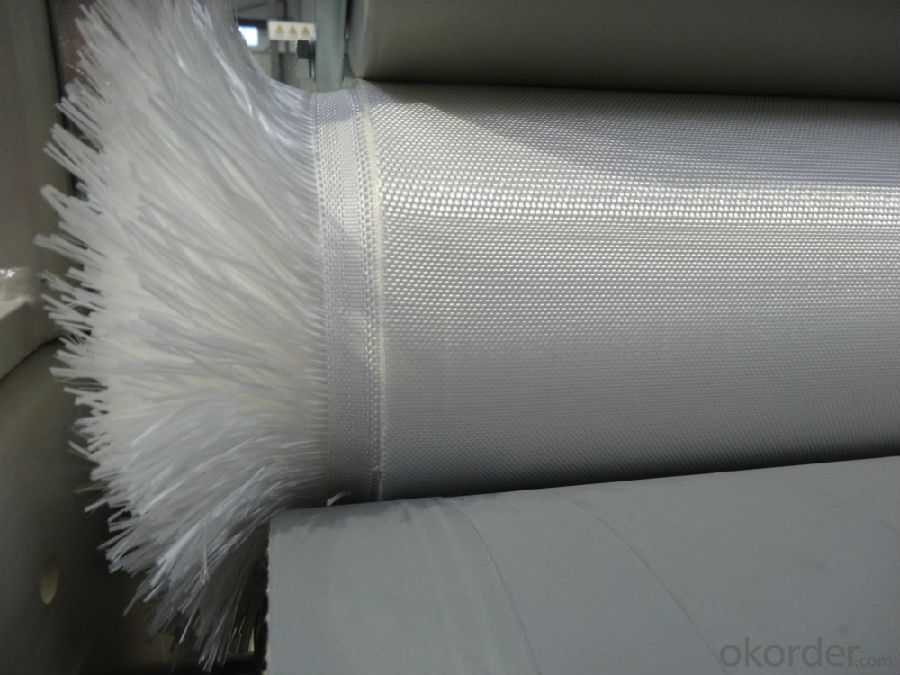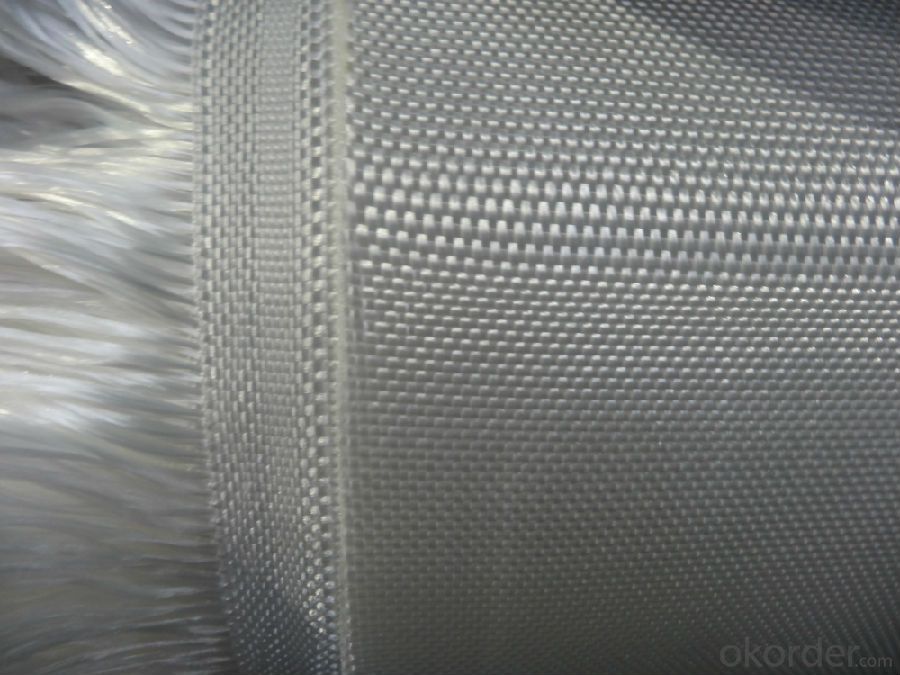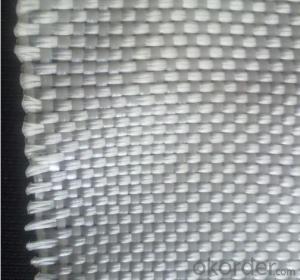Low Enlongation Filament PP or PET Woven Geotextile
- Loading Port:
- China main port
- Payment Terms:
- TT OR LC
- Min Order Qty:
- 3500 m²
- Supply Capability:
- 300000 m²/month
OKorder Service Pledge
OKorder Financial Service
You Might Also Like
Item specifice
PP or PET Filament Woven Geotextile
Woven Geotextile Introduction
Woven Geotextile is made of high tenacity and high molecular weight polyester or polypropylene yarns. Wear-resisting, bursting resistant and high tensile strength, also provide different strength at low elongation.
Woven Geotextile Application
Woven geotextile can be applied in soil stabilization, embankment, reinforced wall and slope, sidewalk paver, coastal and riverbank revetments, landfill separators and capping, etc.
Woven Geotextile Advantage
-High tensile strength
-Wear resistant
-Burst resistant
-Easy carry and easy application
Woven Geotextile Specifications
Tensile strength(kN/m) | 100/50 | 200/50 | 400/50 | 600/50 | 800/50 | 1000/50 | 60/60 | 100/100 | 120/120 | 200/200 | 220/220 |
MD Values | 100 | 200 | 400 | 600 | 800 | 1000 | 60 | 100 | 120 | 200 | 220 |
CMD Values | 50 | 50 | 50 | 50 | 50 | 50 | 60 | 100 | 120 | 200 | 220 |
Woven Geotextile photos





FAQ
1. Which payment do you accept?
For you convenience, our payment can be L/C, TT
2. Is free sample available?
We can supply free samples. You'll just need to pay for express cost.
3. How about your quality?
We have strict quality control system, we make testing on incoming raw material and finished products. Your third party testing is also welcomed. With high quality, our products are used on government projects at home and abroad. Our product quality is accepted by clients from all over the world. Warmly welcome your samples requirement or trail order.
- Q:What is the quota of pond compound geotextile cover?
- 500 grams of a cloth or a film or two cloth a film, water depth of 3-5 meters without any problems, and then into a deep reservoir, and then you can use 700 grams of the pond with the Yuanmingyuan do impermeable with 150 / 0.4 Mm, but the general pond 150 / 0.3mm is very good.
- Q:Are geotextiles biodegradable?
- No, geotextiles are not biodegradable.
- Q:What are the different testing methods for geotextiles?
- Some of the different testing methods for geotextiles include tensile strength testing, puncture resistance testing, tear strength testing, burst strength testing, and water flow testing. These tests help evaluate the performance and durability of geotextiles in various applications.
- Q:What is the purpose of using geotextiles?
- The purpose of using geotextiles is to provide reinforcement, separation, filtration, and drainage in various civil engineering and construction applications. Geotextiles help improve soil stability, prevent erosion, control sediment migration, and enhance the overall performance and longevity of infrastructure projects.
- Q:Filter geotextile, permeable geotextile, seepage geotextile What is the difference?
- The above three products are a product. But is divided into polypropylene staple acupuncture geotextile, polyester staple acupuncture geotextile, filament geotextile. Three categories. Play a major role is good permeability, filtration, isolation performance, construction convenience.
- Q:How do geotextiles contribute to soil reinforcement in embankments?
- Geotextiles contribute to soil reinforcement in embankments by providing a strong and stable base for the soil. They act as a barrier, preventing the migration of soil particles and reducing soil erosion. Geotextiles also enhance the overall stability of the embankment by distributing loads and reducing the risk of slope failure.
- Q:How do geotextiles help with pavement maintenance?
- Geotextiles help with pavement maintenance by acting as a barrier between the subgrade soil and the pavement layers, preventing the mixing and migration of soil particles. This helps to maintain the structural integrity of the pavement, reducing the chances of cracks, potholes, and other damages caused by the movement of underlying soil. Additionally, geotextiles can improve drainage and filtration, reducing the risk of water accumulation beneath the pavement and extending its lifespan.
- Q:Can geotextiles be used in geosynthetic clay liner applications?
- Yes, geotextiles can be used in geosynthetic clay liner applications. Geotextiles are often used as a protective layer or separator over the geosynthetic clay liner to prevent clogging and enhance the overall performance of the liner system.
- Q:Are geotextiles commonly used in agriculture?
- Yes, geotextiles are commonly used in agriculture. Geotextiles have multiple applications in the agricultural industry, including soil stabilization, erosion control, weed suppression, and drainage management. They help improve soil quality, reduce erosion, and enhance crop growth, making them a valuable tool for many farmers and agricultural practices.
- Q:How are geotextiles used in shoreline protection?
- Geotextiles are used in shoreline protection to prevent erosion by stabilizing the soil and reducing wave energy. They are placed along the shoreline to act as a barrier, preventing sediment from being washed away and providing a stable foundation for vegetation to grow. Additionally, geotextiles can be used to filter water and trap sediment, improving water quality and protecting the shoreline from further degradation.
1. Manufacturer Overview |
|
|---|---|
| Location | |
| Year Established | |
| Annual Output Value | |
| Main Markets | |
| Company Certifications | |
2. Manufacturer Certificates |
|
|---|---|
| a) Certification Name | |
| Range | |
| Reference | |
| Validity Period | |
3. Manufacturer Capability |
|
|---|---|
| a)Trade Capacity | |
| Nearest Port | |
| Export Percentage | |
| No.of Employees in Trade Department | |
| Language Spoken: | |
| b)Factory Information | |
| Factory Size: | |
| No. of Production Lines | |
| Contract Manufacturing | |
| Product Price Range | |
Send your message to us
Low Enlongation Filament PP or PET Woven Geotextile
- Loading Port:
- China main port
- Payment Terms:
- TT OR LC
- Min Order Qty:
- 3500 m²
- Supply Capability:
- 300000 m²/month
OKorder Service Pledge
OKorder Financial Service
Similar products
New products
Hot products
Related keywords

































